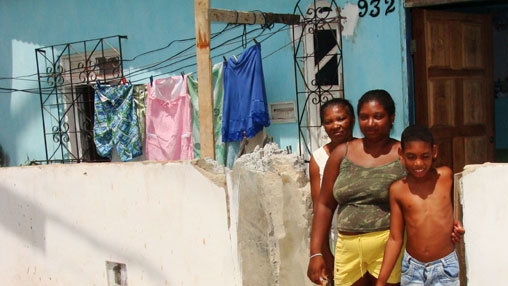In less than a year, Georgia Santos has really moved up in the world. The mother of three from Salvador, Bahia in Brazil moved with her family to a brick house, with an uninterrupted water and electricity supply, leaving behind the family’s precarious wooden shack in the poor Sao Bartolomeu neighborhood. This life-changing event came courtesy of a government effort to create sustainable infrastructure for 200,000 local families living in poverty.
“My family faced the constant risk of landslides. Also, we had no sewerage service or property deeds for the house,” says Georgia, adding that she can now sleep peacefully.
Her case is an eloquent example of how urbanization has become a driving force for reducing poverty and promoting development, as discussed in the Global Monitoring Report 2013. The report assesses countries’ progress in meeting the Millennium Development Goals (MDGs).
Given that more than 80% of global goods and services are produced in cities, highly urbanized countries, from China to those of Latin America, have played a crucial role in reducing poverty. However, the report cautions that if urbanization is not adequately managed, it can also result in the uncontrolled growth of slums, pollution and crime.
According to the report, the region has made notable progress towards achieving the nine MDGs. Nevertheless, like other regions, Latin America still lags behind in the goals associated with maternal health and access to sanitation.

